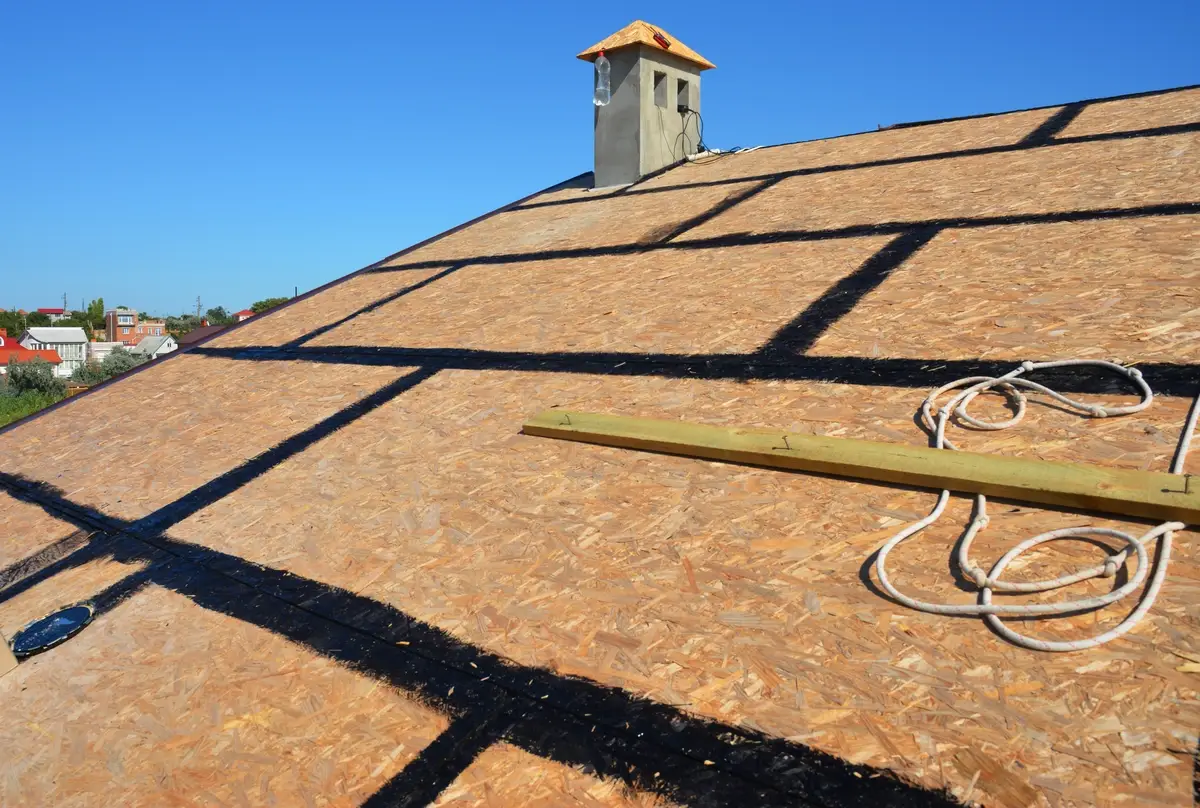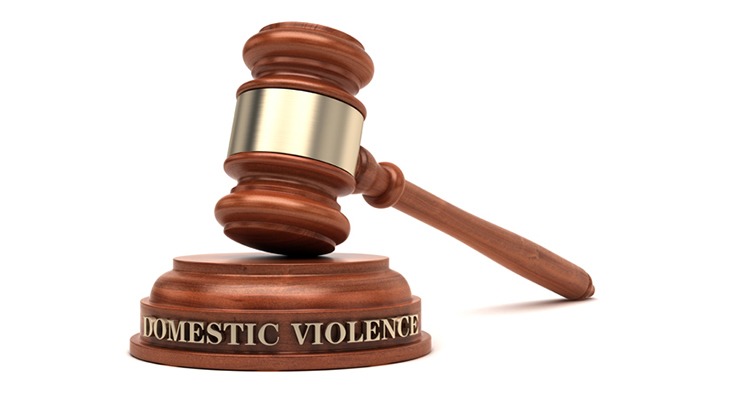Roof decking forms the foundational layer of any roofing system, serving as a base for roofing materials such as shingles, tiles, or metal sheets. Its primary function is to provide structural support, ensuring the roof’s stability and longevity. The choice of materials and styles for decking is crucial and varies, with options like plywood and oriented strand board (OSB) being popular for their distinct benefits and applications. This introduction sets the stage for a detailed exploration of the materials, advantages, and styles associated with roof flooring.
Common Roof Decking Materials
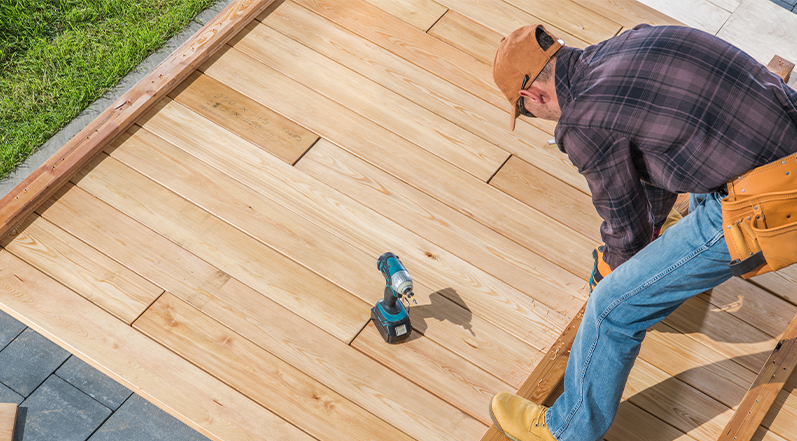
Roof decking comes in various materials, each offering unique benefits and drawbacks. Plywood is renowned for its robustness and resilience, making it a preferred choice for areas prone to harsh weather conditions. OSB, or oriented strand board, is another prevalent material known for its cost-effectiveness and reliable performance. While plywood is often celebrated for its strength and durability, OSB is favored for its affordability and eco-friendly nature. Selecting the right flooring material depends on individual roofing needs, budget, and the specific climatic challenges of an area.
Advantages of Plywood Roof Decking
Plywood stands out in the realm of decking due to its exceptional strength and durability. Its layered structure offers remarkable resistance against environmental stressors, making it a suitable choice for regions with volatile weather. Plywood’s ability to withstand heavy loads ensures a stable and secure roofing structure. Homeowners who opt for plywood benefit from its longevity, but they must also be mindful of maintenance practices to preserve its condition and extend its lifespan. Click here if you’re in need of help with any part of this process.
Understanding OSB Roof Decking
Oriented strand board (OSB) is a composite material, widely utilized in decking for its economical pricing and satisfactory performance. Comprising compressed layers of wood strands bonded with adhesives, OSB presents a cost-effective alternative to traditional materials without significantly compromising quality. It is especially advantageous in large-scale or budget-conscious projects. However, while OSB is relatively durable and efficient, it requires proper maintenance to prevent issues such as moisture absorption, which can compromise its structural integrity.
Roof Decking Styles: Solid vs. Spaced Decking
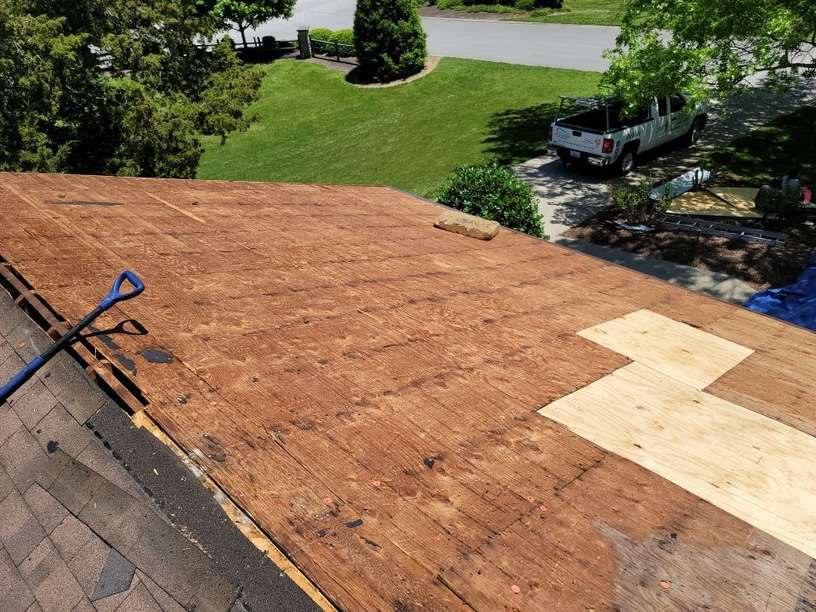
Roof decking can be categorized into two primary styles: solid and spaced decking. Solid flooring provides a continuous, uniform surface, offering excellent support and protection, making it ideal for regions with heavy rainfall or snow. In contrast, spaced flooring allows for airflow between the flooring and roofing material, a feature beneficial in preventing moisture accumulation and extending the building’s lifespan. The choice between solid and spaced flooring should be informed by local climate conditions and the specific requirements of the materials in use.
Choosing the Right Roof Decking Thickness
The thickness of roof decking is a critical factor that influences the roof’s overall performance and durability. Thicker flooring materials offer enhanced strength and better resistance to environmental stressors, making them suitable for areas with heavy snowfall or high winds. Conversely, in regions with milder climates, a thinner flooring might suffice, providing adequate support without the need for additional material and cost. When determining the ideal thickness for decking, considerations such as regional weather patterns and the weight of the chosen materials are paramount.
Roof Decking and Insulation
The interplay between roof decking and insulation is pivotal in constructing an energy-efficient home. Roof planking serves as the foundation for materials and plays a crucial role in supporting insulation. Properly installed insulation, in turn, significantly improves a building’s thermal performance. The choice of decking material, whether plywood, OSB, or a more innovative solution, can directly affect the insulation’s effectiveness. Materials with inherent thermal resistance complement insulation, fortifying a home against heat loss or gain, thus highlighting the symbiotic relationship between planking and insulation in energy conservation.
Maintaining Roof Decking Integrity
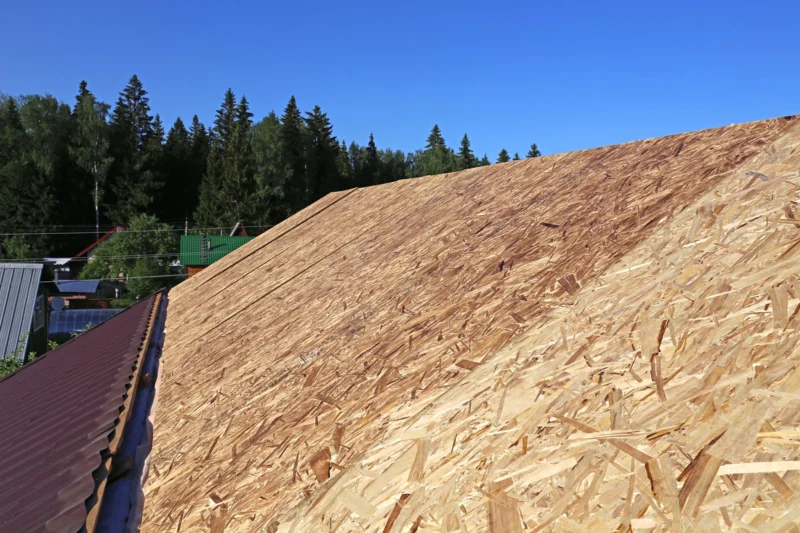
The longevity and performance of roof decking hinge on regular and proactive maintenance. Structural integrity is paramount, necessitating routine inspections to identify potential issues like leaks, rot, or decay early. Addressing these problems promptly can prevent extensive damage, ensuring the planking continues to provide robust support for the building structure. Proactive maintenance, such as ensuring proper ventilation and promptly repairing minor damages, is essential in prolonging the life of roof flooring and, by extension, the entire roofing system.
Popular Roof Decking Styles
Roof decking choices are often influenced by the architectural style of the roof. Flat roofs, for example, may require sturdy, moisture-resistant decking materials to prevent water accumulation, while sloped ones might prioritize lightweight planking for structural reasons. Each roofing style, be it for residential or commercial properties, demands specific flooring solutions to meet its unique structural and aesthetic requirements. Understanding these nuances is crucial in selecting the appropriate planking that not only complements the roof’s design but also enhances its longevity and performance.
Roof Decking and Roofing Material Compatibility
The harmony between roofing materials and the underlying decking is critical for a secure and durable roof. Different materials, from traditional shingles to modern metal or green roofing, have distinct requirements and compatibility factors with various planking materials. Ensuring this compatibility is vital to prevent issues like moisture damage or structural instability. Recommendations often include considerations for weight, durability, and moisture resistance, ensuring that the flooring and roofing materials work in tandem to provide a robust, long-lasting roof.
DIY Roof Decking Maintenance
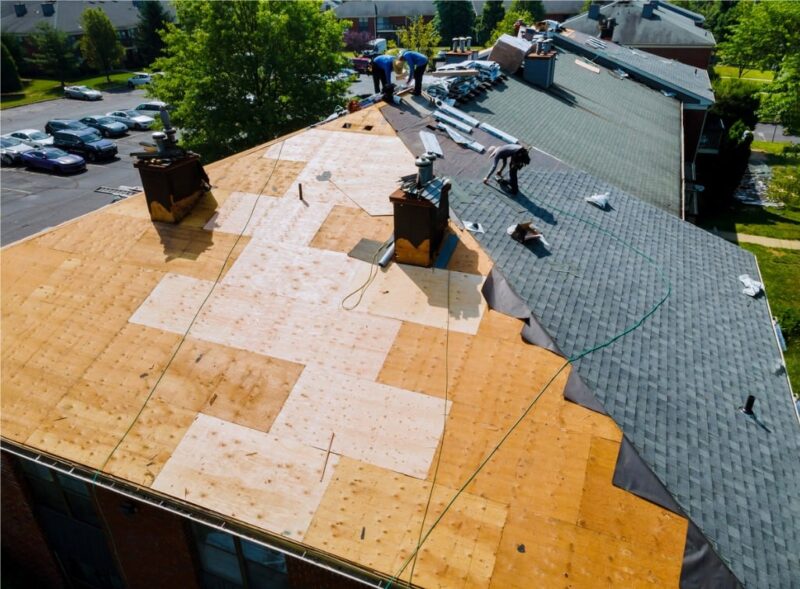
Homeowners can undertake several maintenance tasks to ensure their roof decking remains in optimal condition. Simple repairs, such as sealing minor leaks or replacing damaged shingles, can significantly extend the decking’s life. Regular inspections are also crucial, allowing homeowners to spot and address potential issues before they escalate. However, it’s important to emphasize safety when performing any roof work, recommending that homeowners equip themselves with proper safety gear and understand their limitations, resorting to professional help when necessary.
Conclusion and Recap
Throughout this exploration of roof decking, the emphasis has been on understanding its critical role in a building’s structure and efficiency. From the interdependence of planking and insulation in energy conservation to the importance of material compatibility and regular maintenance, each aspect contributes to the overall performance and longevity of the roof. While DIY maintenance can play a part, the importance of professional expertise cannot be overstated, ensuring that the roof flooring continues to serve its vital function in the integrity and efficiency of a building’s roofing system.
Related Posts:
- How to Insulate Attic Roof Rafters: Tips for a Cozy…
- Understanding DUI Laws and How Hiring an Attorney…
- Understanding the Common Criminal Offenses and the…
- How to Build a Roof Over a Deck: Pro Tips for…
- Revolutionizing Your Digital Space: 10 Tips for…
- How to Sell Your Car Safely: 9 Tips and Advice for a…

